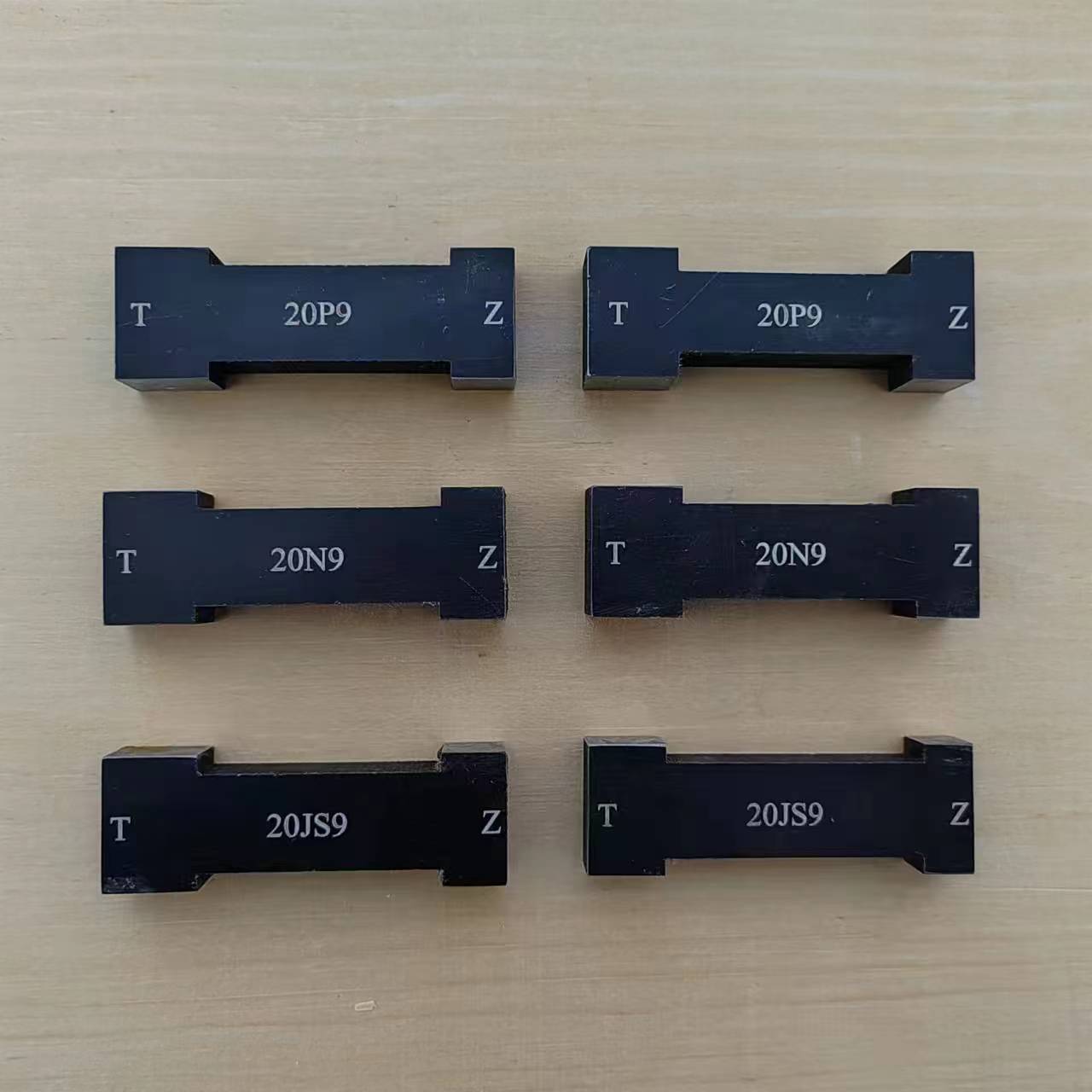dets. . 16, 2024 09:58 Back to list
Ductile Iron Check Valve Applications and Benefits in Fluid Control Systems
Ductile Iron Check Valve A Comprehensive Overview
In modern fluid systems, ensuring the reliable flow of materials through pipelines is crucial to maintain efficiency and safety. Among the vital components that contribute to this goal is the check valve, specifically the ductile iron check valve. Renowned for its robustness and efficacy, the ductile iron check valve plays a significant role in preventing backflow while managing the flow direction of liquids and gases.
What is a Ductile Iron Check Valve?
A check valve, also known as a non-return valve, is a device that permits fluid to flow in one direction while preventing it from flowing backward. The ductile iron check valve is specifically made from ductile iron, an alloy characterized by its high tensile strength, ductility, and resistance to shock and wear. These properties make it an excellent choice for various applications, including water supply, wastewater management, and industrial fluid handling.
Key Features of Ductile Iron Check Valves
1. Durability Ductile iron's exceptional strength and ductility allow check valves made from this material to withstand harsh operating conditions, such as high pressures and abrasive fluids. This durability translates into a long service life while reducing the need for frequent replacements.
2. Versatility Ductile iron check valves can be utilized in various industries, including municipal water systems, sewage treatment plants, and chemical processing. Their ability to handle a wide range of fluids, including water, chemicals, and oils, adds to their versatility.
3. Corrosion Resistance Although ductile iron is susceptible to corrosion, many manufacturers apply protective coatings or use corrosion-resistant materials to enhance their longevity. This ensures that the check valve functions optimally, even in corrosive environments.
4. Cost-Effectiveness Compared to other materials traditionally used for check valves, ductile iron offers a cost-effective solution without compromising performance. The combination of durability and lower initial costs often results in a better return on investment.
ductile iron check valve

Working Principle
The operational mechanism of a ductile iron check valve is relatively straightforward. The valve consists of a body with inlet and outlet ports, and a movable disc or ball that blocks or allows flow. When the pressure of the fluid flowing from the inlet exceeds the pressure on the downstream side (outlet), the movable element opens, allowing the fluid to pass. If there is a reduction in upstream pressure or a backward flow, the disc or ball moves to a closed position, preventing any backflow. This automatic operation eliminates the need for manual intervention.
Installation and Maintenance
Ductile iron check valves can be installed in various orientations, but vertical and horizontal positions are most common. Proper installation is essential to ensure optimal performance. It is recommended to follow manufacturer guidelines to prevent issues related to incorrect installation, which can lead to inefficient operation or premature failure.
In terms of maintenance, these valves require minimal upkeep. Regular inspections are beneficial to ensure there is no build-up of debris or corrosion that could impair functionality. Addressing any signs of wear and tear promptly will help maintain the valve's integrity and extend its lifespan.
Conclusion
The ductile iron check valve serves as a critical component in modern fluid systems. Its combination of strength, durability, and cost-effectiveness makes it a preferred choice across various industries. By preventing backflow, it not only enhances system efficiency but also safeguards equipment and infrastructure from potential damage caused by reverse flow. As industries continue to evolve and demand more reliable fluid management solutions, the ductile iron check valve stands out as a dependable ally in ensuring the smooth operation of fluid systems.
In summary, incorporating ductile iron check valves into system designs is a smart investment that aligns with both performance and economic considerations. The continued development and optimization of these valves promise to enhance their functionality and reliability in the years to come.
-
Thread Plug Gauge Our Promise of Measurement ExcellenceNewsAug.22,2025
-
Gauge Pin Class Reflecting Quality LegacyNewsAug.22,2025
-
Check Valve Types for High Rise BuildingsNewsAug.22,2025
-
Water Control Valve for Irrigation SystemsNewsAug.22,2025
-
Gate Valve with Soft Seal TechnologyNewsAug.22,2025
-
Y Type Strainer for Oil and Gas ApplicationsNewsAug.22,2025
Related PRODUCTS









